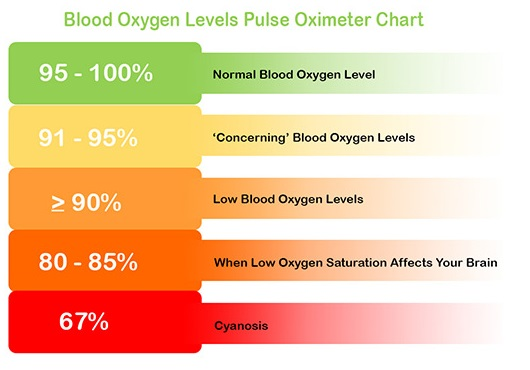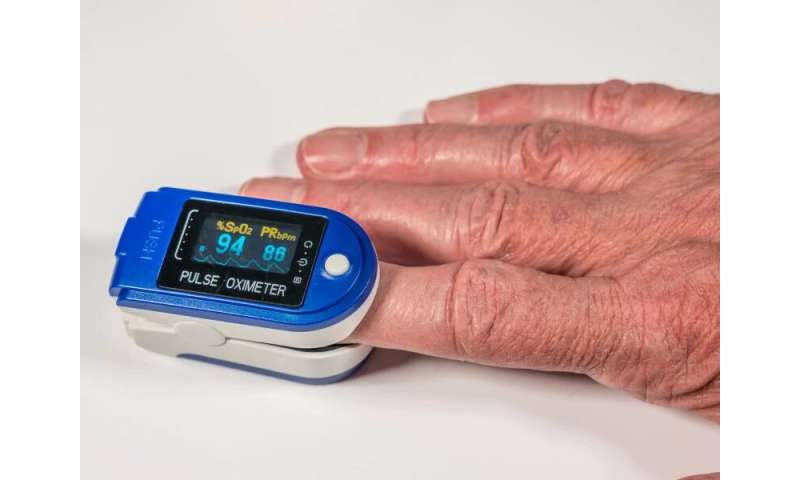

Pulse oximeter readings are not a form of treatment, but they can help providers determine the next steps in a patient’s care and treatment plan. Understanding associated risks helps professionals determine which plans of action are appropriate and helps patients trust the treatments. The patients who benefit from regular monitoring will typically have one or more of the following conditions:īefore a patient receives any medical care and treatment, it’s essential for their medical team to consider any associated risks. But sometimes, existing conditions require consistent and thorough monitoring. Providers will use the readings to evaluate needs and create strategic care plans in most situations. 7 Qualifying Conditions for a Pulse Oximeter ReadingĪ patient might have an existing, qualifying condition that requires the use of pulse oximetry. While this is only a brief list of scenarios, it’s essential to note that a care provider may request pulse oximeter readings whenever necessary since they are noninvasive and quick. Additionally, they may rely on this test during a sleep apnea evaluation analysis or to determine if supplemental oxygen therapy is a practical option. Pulse oximetry can provide baseline information to form a wide range of care decisions.Ĭommonly, providers will turn to pulse oximetry when assessing lung condition, response to new medications, breathing capacity, and oxygen monitoring before, during, or after a procedure. Though the primary objective is to gain an understanding of a patient’s blood oxygen saturation, a care provider will employ this tool for a variety of reasons. It serves as a fundamental medical technique for internal medicine, critical care cases, sleep studies and medicine, and pulmonary medicine. Some professionals may also refer to pulse readings as the fifth vital sign.

If you have received treatment at your local hospital or medical center, the chances that your nurses placed a reader on your finger are high. These readings are noninvasive and relatively routine across the healthcare industry. Patients that may receive a pulse oximeter reading while staying at a medical facility include pregnant mothers, neonatal intensive care unit babies, and a variety of other patients. It’s common for medical professionals to use pulse oximeters while treating an individual and collecting the data over the course of their stay. When providers can test and understand these levels, they can provide better, long-term solutions and care. There is a wide range of conditions an individual can experience that have a lasting effect on their blood oxygenation levels. Pulse oximetry is a medical professional’s understanding of a patient’s blood oxygen saturation.
PULSE OXIMETER READINGS CHART HOW TO
In this article, we explore the conditions that may require a pulse oximeter reading and how to navigate the situation should you need one. These are noninvasive tests that provide medical professionals with a few baseline objectives to administer proper care. A common care technique is pulse oximeter readings, which rely on a probe mechanism and a reading device. Medical providers and facilities administer various levels of care to ensure optimal and long-term care for each patient.


 0 kommentar(er)
0 kommentar(er)
